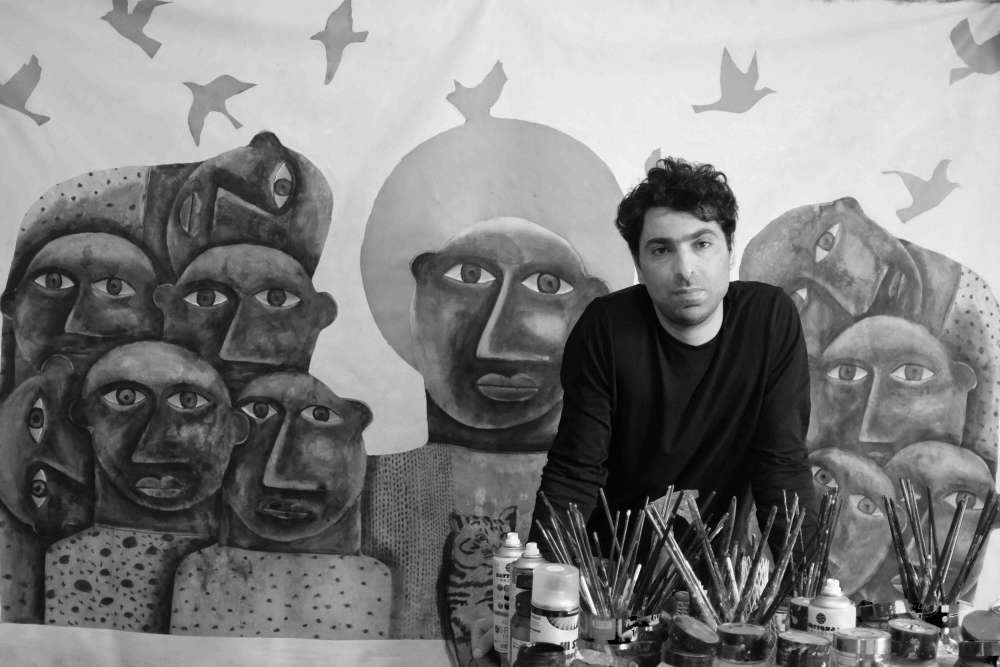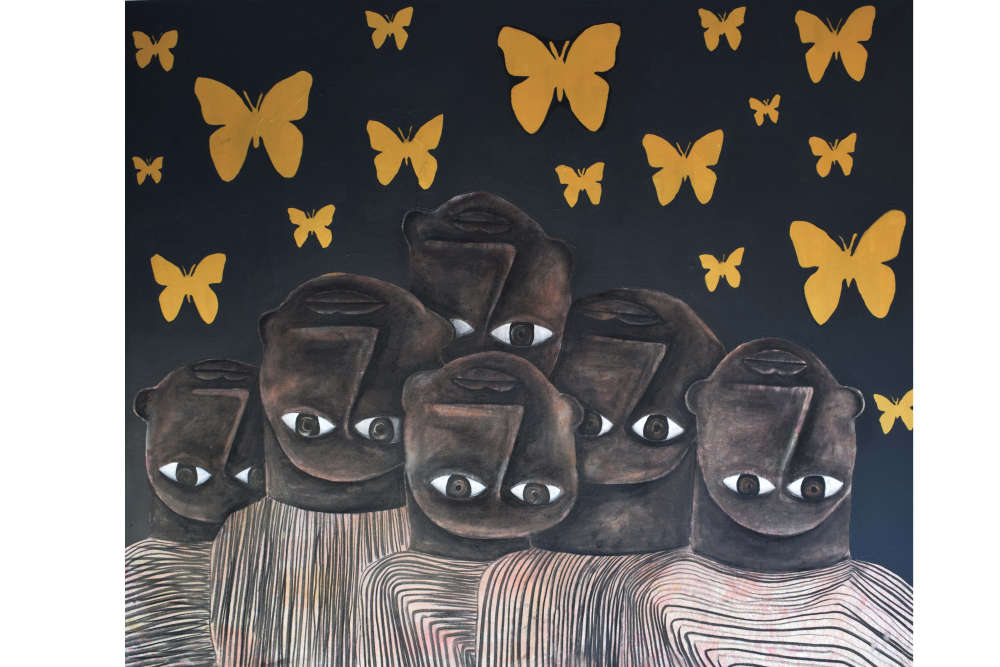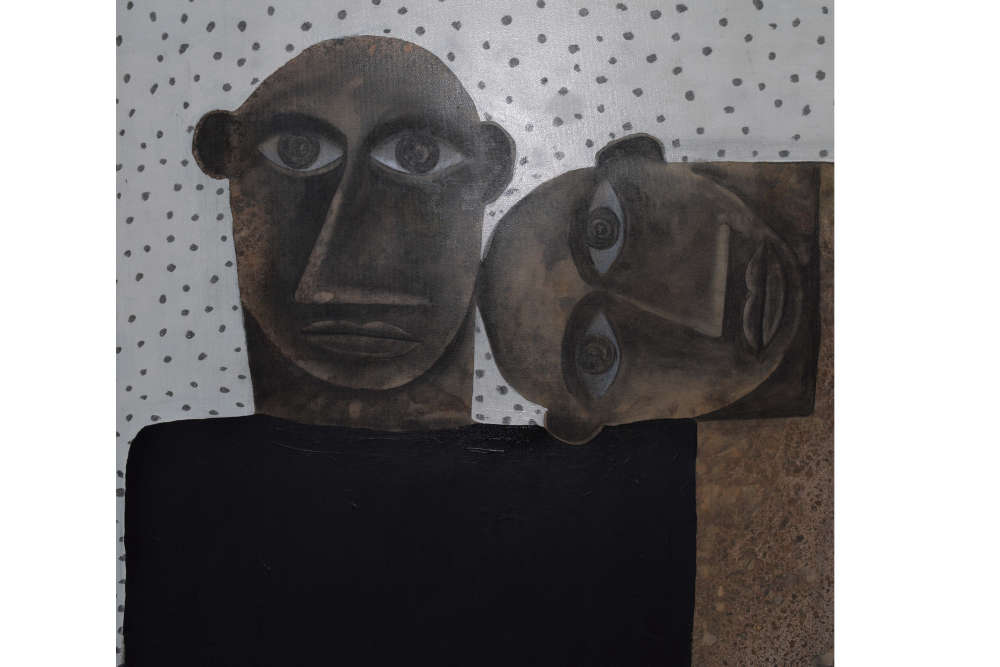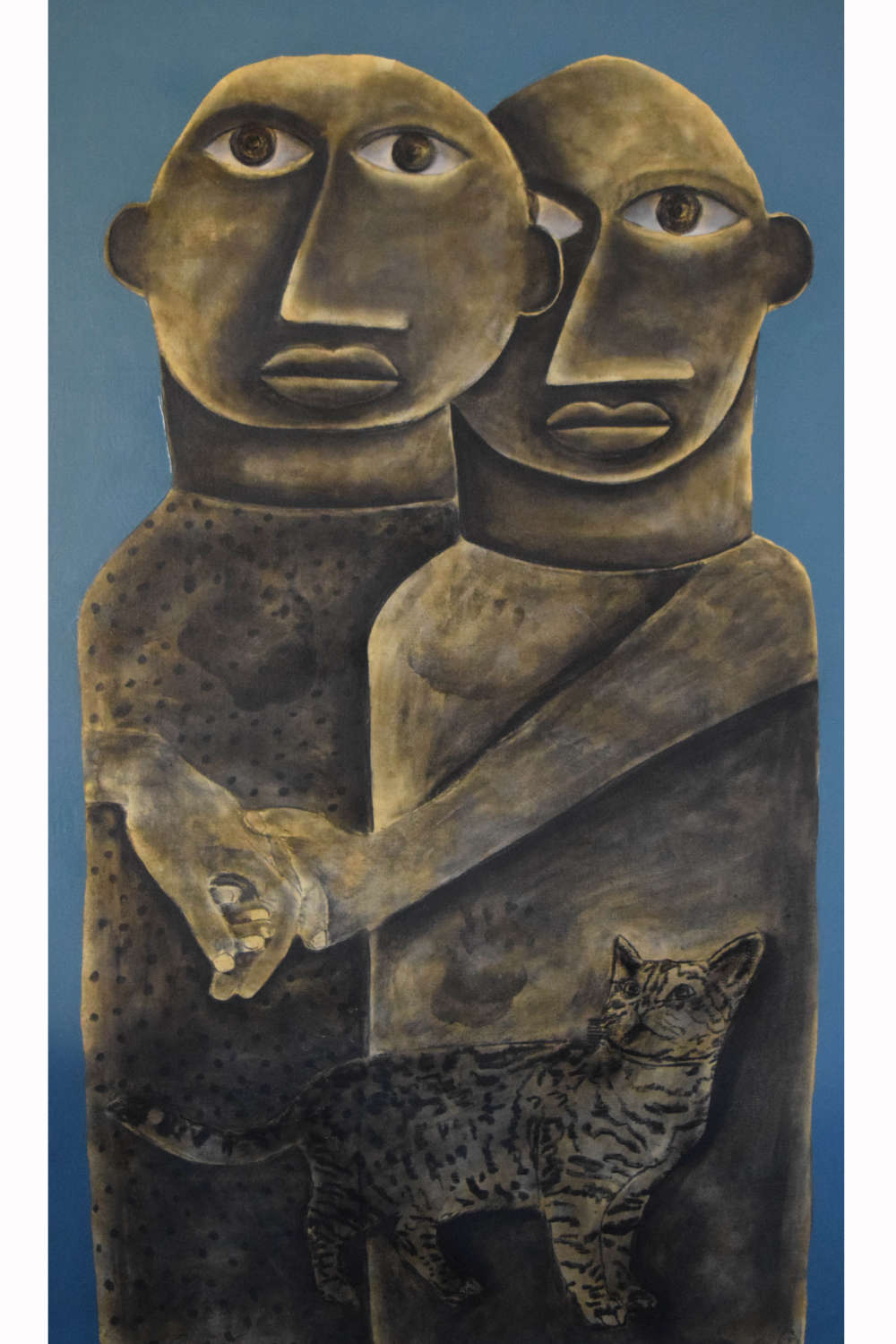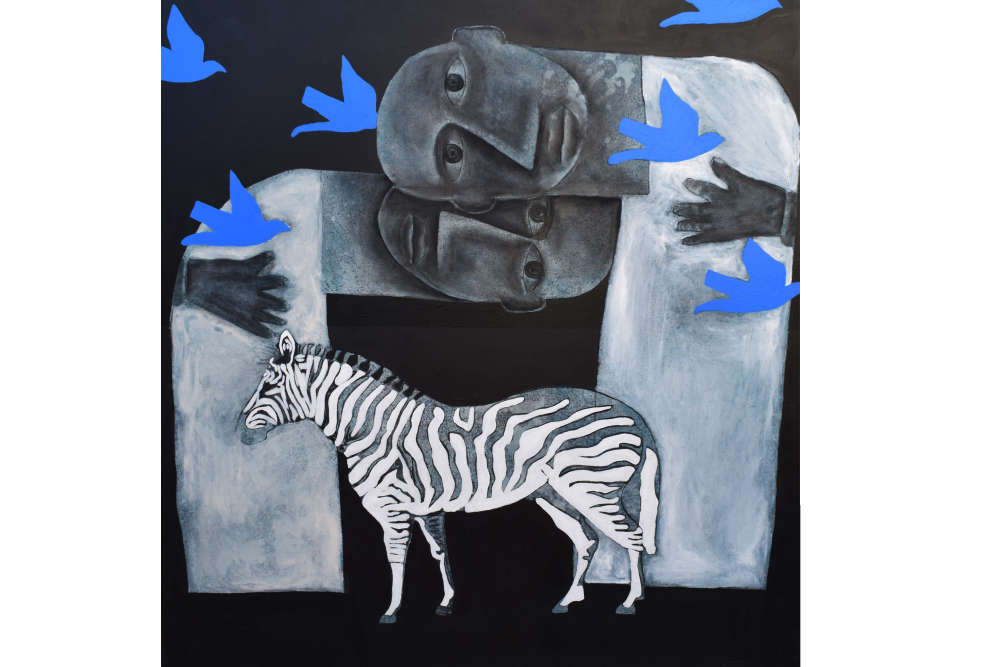Orient Gallery, Abdoun,
Amman, Jordan
March 13 to 31, 2018
Images of people are not merely shadows of their owners, moments of their presence captured in a specific place or time. Rather, they are manifested images of their souls. Vague expressions, sensations, and emotions are reduced to a fragment that gives testimony of a past life. The artistic process involved in the representation gives them a new and intense presence, stimulates the appetite for reading and understanding, and amplifies possibilities for explanation and interpretation.
Ever since human beings first became aware of the value of images, the desire to evoke the past and transcend absence has prompted them to commemorate the present, before it becomes past, through various means of representation. We attempt to trick mortality by catching the magical moment that separates presence from absence.
Attempts to retain details of the past are celebrated in the works of the young Palestinian artist Ibrahim Jawabreh, who took the risk of working on a much-consumed artistic theme, namely portraiture. If anything, this reveals the intelligence and madness of a confident, capable artist – two traits missing from most artists today. Born in 1985, he held his first individual exhibition in 2015. Despite the rigidity of his visual experience, his work shows a preoccupation with the techniques of performance art and expressionist forms. Extensive research has enriched his aesthetic experience and artistic intuition, and facilitates his close approach to his creative subjects.
The unity of subject and technical improvisations reveal a diligent handling of color and material. Jawabreh uses spaces and shapes in ways that capture essence and implicit details. Rather than focusing on the details of a physiological face, Jawabreh concentrates on the hidden markings, turning the face into a natural mirror that exposes what lies within.
Resorting to a deliberate dichotomy, the artist combines multiple presences in a single painting that appears smooth, steady, soulless and still; the dark-colored monoculture clearly contains a tragic dimension. Yet, individual colored faces seem vivid despite the neutral texture of their features, giving the impression that they emerge from the frame. Through the processes of peeling, abrasion, and negligence of color, a positive energetic presence is created. These faces, be they individual or multiple, are mostly reduced to one personality, not just by form and size, but also through their consistent and rigid terms. Thereby, they transcend individual nature in favor of a collective. Such simplification serves to explain not the artist’s own feelings towards the cruelty, injustice, and oppression affecting his people and country. Rather, interpretation takes us further and to a common humanitarian perspective towards the reality of abandonment that affects any person who is not guaranteed a living space, be it physical or metaphorical. Thus, Jawabreh depicts and reflects upon a vulnerability, fragmentation, and debilitation that threatens our being and promises death.
Excerpts from a review by Aziz Azghay, poet and artists, Morocco.

